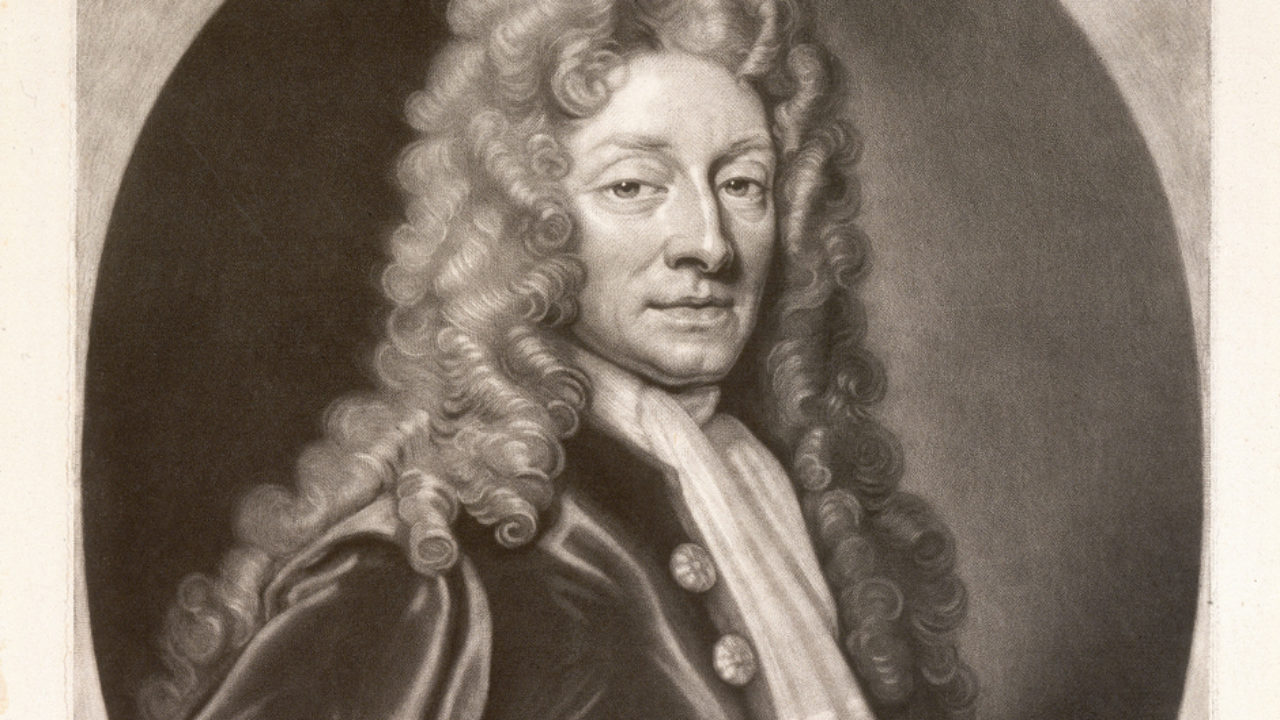Royal Hospital
Shortly before her death, Queen Mary II, who co-reigned with her husband King William III from 1689 until 1694, commissioned the construction of a new charitable institution for the care of retired men who had served in the Royal Navy. In scale and design, it is one of the most ambitious charitable projects ever conceived.

Foundation of the Royal Hospital
Queen Mary II (1689-1694), daughter of James II, had an interest – like her father – in the navy and particularly with the welfare of sailors. It was her idea to build an institution to house old and infirm sailors who had served in the Royal Navy.
Esteemed architect Sir Christopher Wren was appointed as surveyor in 1696, as he had a particular vision for architecture, especially when it came to public buildings.
Find out more
Who was Sir Christopher Wren?
Sir Christopher Wren (1632 – 1723) is one of Britain’s greatest architect. St Paul’s Cathedral in London, which took over 35 years to build, is his masterpiece. He was Surveyor-General to six English monarchs. His most famous buildings are often at the very centre of national life and ceremonials. They include Royal palaces, the Old Royal Naval College, the Royal Hospital, Chelsea and 52 churches built after the Great Fire of London in 1666.
Wren entered Oxford University at 17 years of age in 1649/50 during the English Civil War. He was already well-known as an astronomer, mathematician and inventor before he took up architecture in his thirties. He taught himself architecture with the assistance of books.
Wren was a polymath and a practical intellectual. He is sometimes referred to as ‘the British Leonardo’. He excelled in many disciplines, including physiology, geometry, meteorology and drawing. As a child he made sundials; as a student he dissected human bodies; as an astronomer, he identified the rings of Saturn.
Wren’s legacy for us today is not only measured by the wonderful buildings he designed, but also as an extraordinary example of what a combined education in science and the humanities can offer.

Wren’s Vision for the Royal Hospital
Despite offering his services free of charge, Sir Christopher Wren needed all his experience and skill when he worked on the Royal Hospital for Seamen. Not only did he have to incorporate the existing King’s House into his own design, but he also had to meet Mary II’s request for a river view from the Queen’s House.
Find out more
A retirement home for naval veterans
The Royal Hospital for Seamen was more akin to an almshouse or retirement home than a hospital.
Medical provision was limited and seamen suffering from serious ailments or requiring amputations were often sent to other London hospitals.
At its peak it housed over 2,700 naval veterans.
Find out more
History of the Chapel
The Chapel was built in the mid 1700s for the Greenwich pensioners living on the site. The original chapel was destroyed by fire in 1779 and was rebuilt.
Find out more
